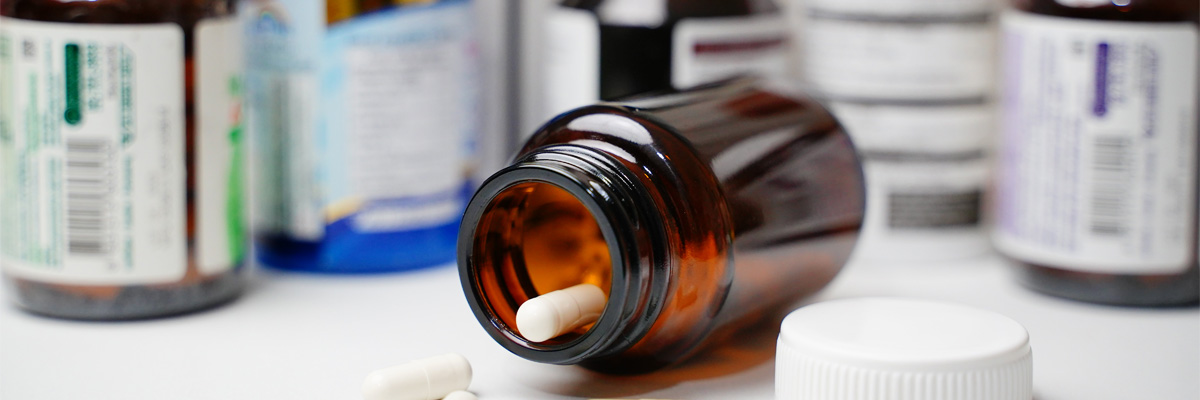In today’s rapidly changing pharmaceutical industry, there is a growing recognition of the importance of patient-centered care and its impact on overall treatment outcomes. The result is a greater focus on patient-centered packaging. Gone are the days when packaging solely served a protective function. Simply put, packaging now plays a vital role in ensuring medication adherence, patient safety, and overall user experience. It has become a critical element in fostering patient engagement, empowerment, and well-being. From intuitive design and ease of use to personalized information and accessibility, the pharmaceutical industry must embrace patient-centered packaging as an essential component of providing quality healthcare.
What is Patient-Centered Packaging?
Patient-centered packaging is the integration of pharmacological product packaging with the patient’s need for accessibility to, information about, and instruction in the use of that product. This phenomenon, otherwise known as patient centricity, means that packaging considers the needs and abilities of patients to help them use and manage medication properly and live more independently.
“Patient centricity is composed of three interconnected elements: patient adherence, patient outcomes, and patient experience” (Therapeutic Innovation & Regulatory Science). In addition to a protective shell for the drug within, packaging is an informational and instructional vehicle. Patients must be able to clearly understand what the product is, how to access and administer it, and the desired outcomes of following the proper medicinal procedure. By taking medication correctly, a patient will experience the desired outcome, and therefore have a positive experience. However, when this does not happen, a patient’s quality of life may be diminished, and the healthcare system may incur various liabilities.
Historically, packaging played the role of a protective shell. And, as part of the drug development process, it has always been subject to regulatory oversight and approval. Once packaging is approved, companies are hesitant to incur the expense and delay of altering it. However, packaging that is outdated, inaccessible, or confusing leads to consumer confusion, frustration, and potentially improper administration.
Why Does this Matter?
From regulators to patient advocacy organizations, patient-centered packaging has been urged by a variety of parties and viewpoints. The U.S. Food and Drug Administration (FDA) has been working to create the foundation for patient centricity since 2014 by talking to patients about how diseases affect their lives and “how to develop more effective and user-friendly medical interventions”(Therapeutic Innovation & Regulatory Science). For example, the Patient Engagement Advisory Committee (PEAC) is one of the initiatives of the FDA. Its participants include patients, care givers, and representatives of patient advocacy groups, with the primary goal of encouraging patient input and participation in choices that directly affect their healthcare, from clinical trials to the administration of therapy.
Overall, patient-centered packaging holds immense significance in the pharmaceutical industry due to its potential to positively impact patient outcomes and influence overall healthcare experiences. Clear and intuitive packaging helps patients easily identify and understand their medications, reducing the likelihood of errors or confusion. Patient-centered packaging also promotes convenience and ease of use, allowing individuals to access and manage their medications independently and with confidence.
Developing Patient-Centered Packaging with Ease
In the pharmaceutical sector, packaging design is intrinsically related to the pharmaceutical product itself. It is often created after the drug’s formulation and dosage forms have been established. Because companies tend to use packaging previously authorized rather than design something new, they are likely behind the curve when it comes to what today’s patients expect from their medicinal experiences (Pharmapack Podcast). Packaging that doesn’t prioritize the changing demands of consumers may result in lost opportunities. So, how do pharma companies manage these challenges? The answer is technology.
Developing patient-centered packaging with ease requires leveraging the power of workflow management and advanced structural design software. Workflow management tools streamline the packaging development process by providing a centralized platform for collaboration, task assignment, and tracking progress. This enables cross-functional teams to work efficiently, ensuring seamless coordination among the design, regulatory compliance, and production departments. Structural design software empowers packaging designers to create innovative, patient-centric solutions by providing intuitive tools, and real-time prototyping.
The Esko Solution
Esko WebCenter is a collaborative workflow management solution that guides your team through the process of creating and updating labels and artwork – from change request to release. WebCenter provides a central digital source to manage the process of creating and updating artwork, labels and IFUs. It allows for the enhancement of visibility by including tasks, task assignments, information, and existing project materials. Once updated assets have been created, multiple reviewers can approve or reject from a single viewer until it meets requirements, effectively mitigating risk. Additionally, the software provides full version control to improve traceability and compliance.
Content Management, a module of WebCenter, enables users to specify, manage, and reuse content (text, barcodes, symbols, claims, leaflets, IFUs, etc.) in packaging artwork and label designs without manually copying and pasting. In WebCenter, you can reuse, approve, and update content faster with impact reports to assess and initiate change. Additionally, WebCenter adheres to FDA 21 CFR Part 11, EMEA Annex 11 and other regulatory bodies regarding audits, system validation, audit trails, electronic signatures, and documentation. This helps companies minimize risk and simplify compliance by controlling the quality and accuracy of each asset in a single, integrated platform.
ArtiosCAD is a structural design software helping packaging teams create 3D packaging designs and resize them to fit a product. It helps designers check the physical limitations of their creations, reduce manual processes, and cut down on costly mistakes and waste by allowing seamless inspection of 3D designs for inconsistencies before going to print. ArtiosCAD handles the math, so designers can focus on creativity.
With ArtiosCAD, software packaging professionals can deliver structural design, product development, virtual prototyping, and manufacturing for all corrugated, folding carton and POP, POS, FSDU displays. The world’s most popular structural design software for packaging, ArtiosCAD is designed to boost productivity for packaging professionals handling structural design, product development, virtual prototyping, and manufacturing operations.
Keeping up with the Times
Patient-centered packaging represents a fundamental shift in the packaging of pharmaceuticals. It prioritizes accessibility, instruction, and information in addition to protection. The use of technology mitigates any sting associated with changing from previously approved packaging to packaging that reaches end-users regardless of who they are and how they live. By harnessing these technologies, pharmaceutical companies can enhance their packaging development workflows, optimize efficiency, and deliver patient-centered packaging solutions that prioritize safety, usability, and patient satisfaction.










